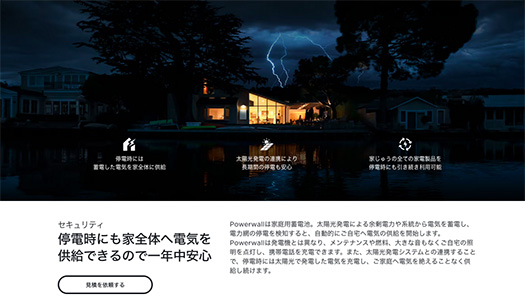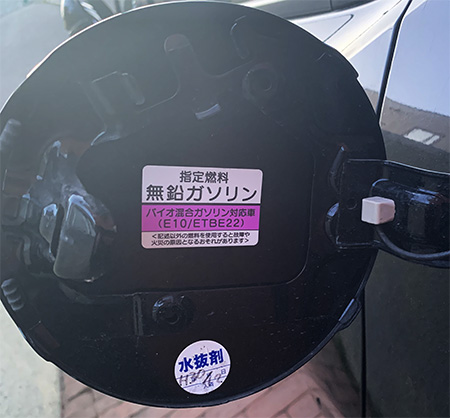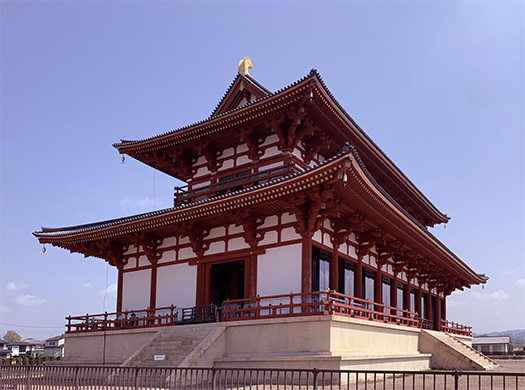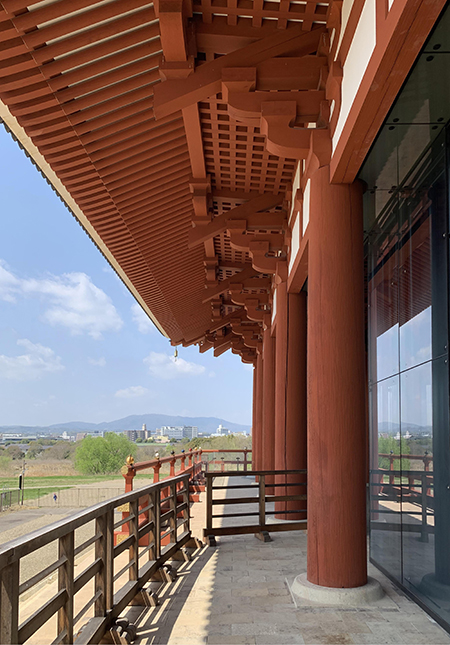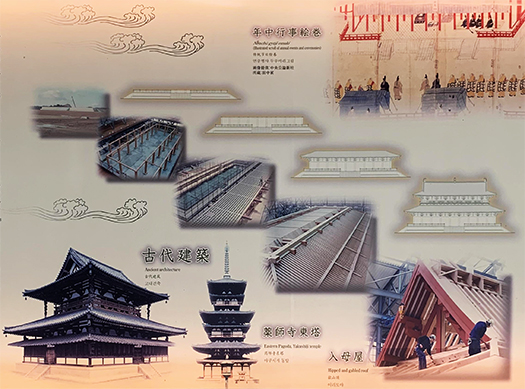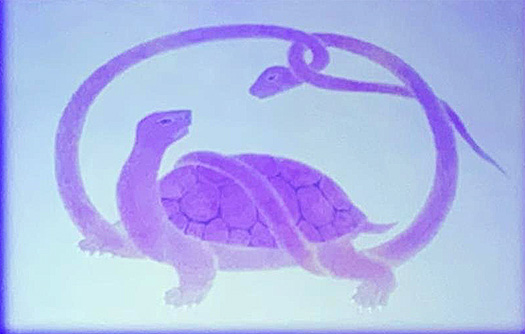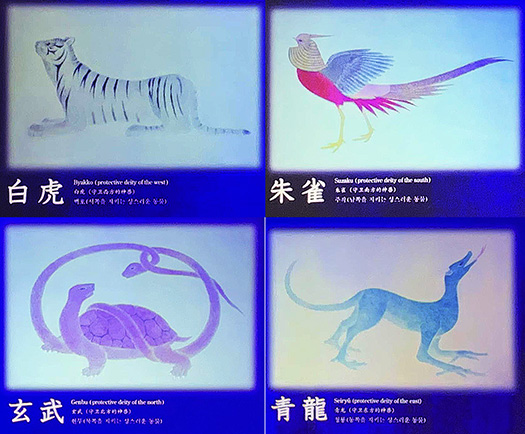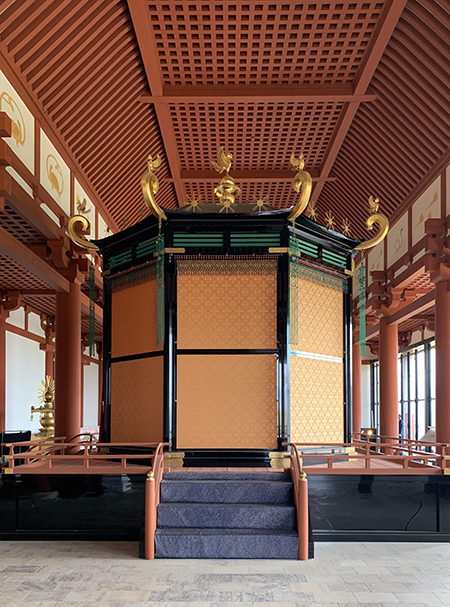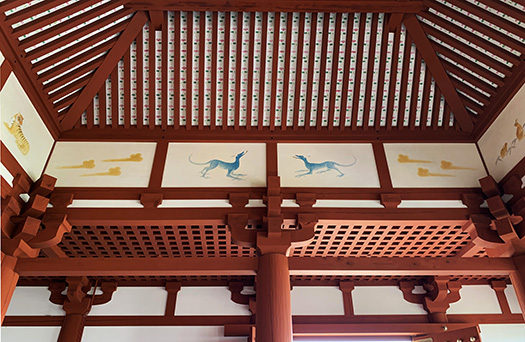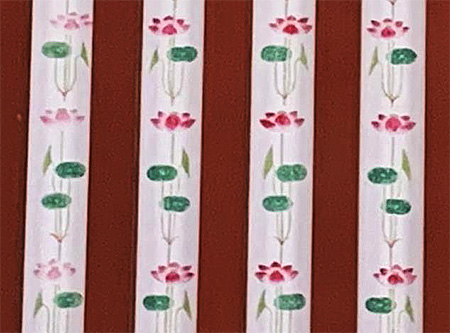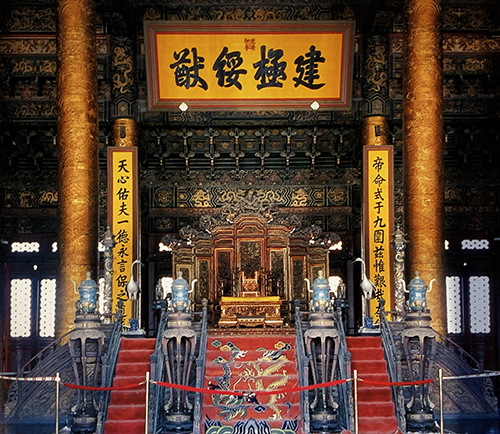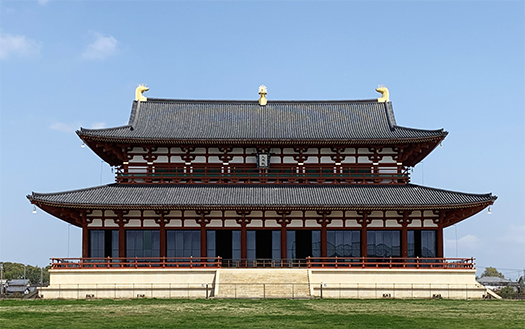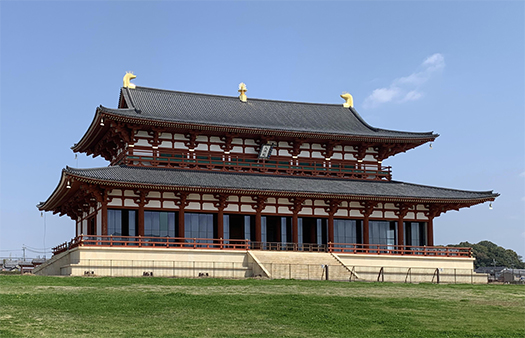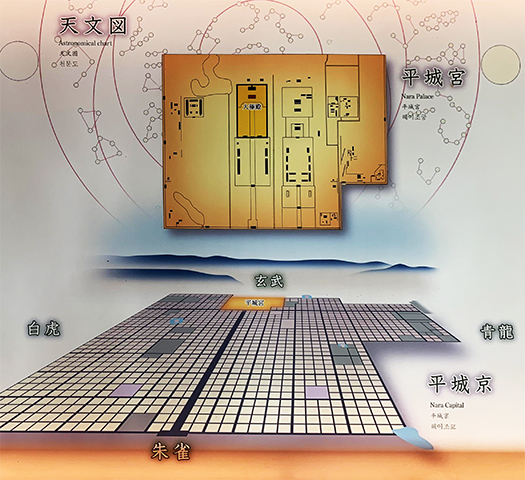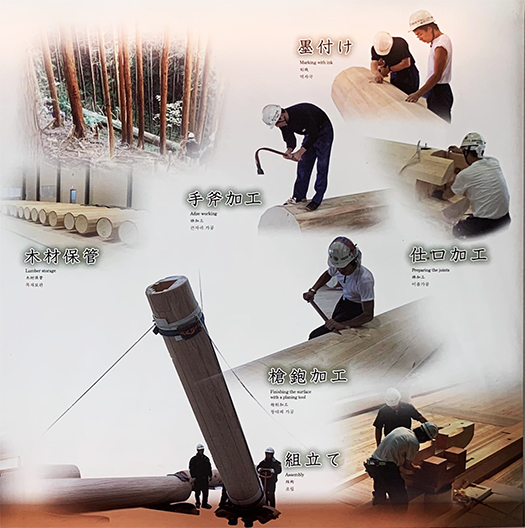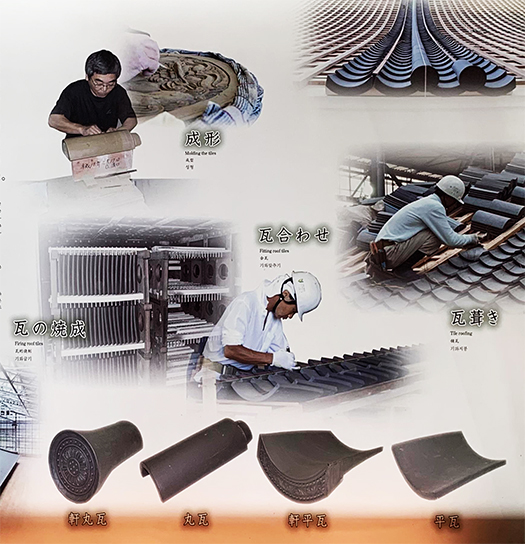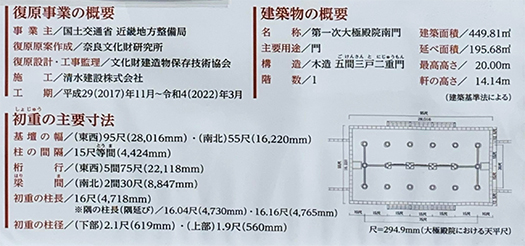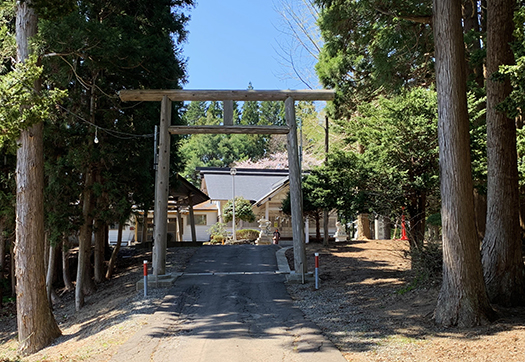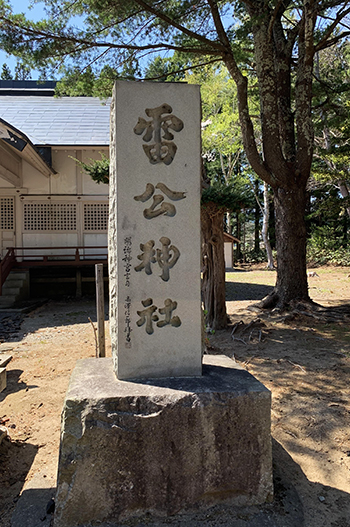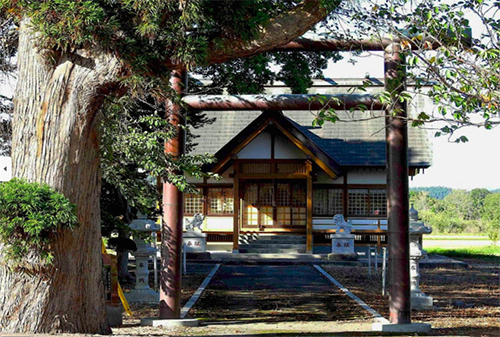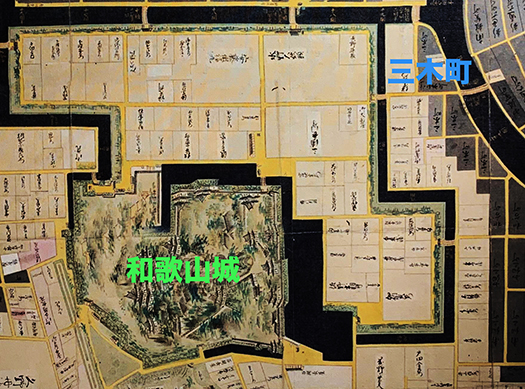
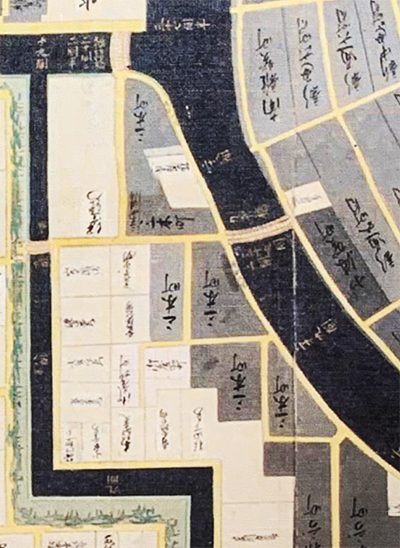
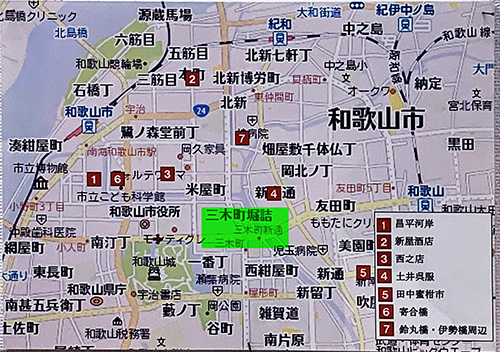
さて、GW明けてさまざまな案件が一気進行ですが、
そういう生々しい現実とはまた別に深掘り探索も引き続き進めたい。
ブログテーマは歴史と建築・住宅探訪テーマに復帰したいと思います。
関西圏というのはやはり歴史的に日本人には馴染みが深い。
とくに奈良は政治権力中枢の痕跡が山積しているので
いろいろな分析のための手掛かりを提供してくれる。
わたしの家系では「慶長年中」という日付年代特定の書付記録を
残してくれたご先祖さまがいてその前後のことが確実な事実のようなのです。
「紀州にて仕官」という記述があるのですね。
とくに北海道のような遠隔地に居住域を移転した家系の人間にして見ると
現代のような広域活動とWEBなどの通信交流手段を獲得した時代、
その利点を活かして自分のルーツという興味分野を手掘りしたくなる。
ということで、紀州和歌山には数回訪問させていただいている。
最近は関西空港が交通手段、ルートになることが多いので
交通的にも縁が深まってきている次第です。
で、現代に残る和歌山市内の地名で「三木町」という地名を発見した。
直接にはこの慶長の時期、家系伝承では別の姓を名乗っているのですが
しかしその後の経緯を考え合わせると、ややか細いながらも手掛かりにはなる。
で、「わかやま歴史館」というお城近隣の歴史研究施設を訪問。
展示ではずっと後代の御三家紀州徳川氏居城時代が中心なので
直接手掛かりは得られなかった。やむなく窓口で問い合わせたら
ありがたくも学芸員の方が対応していただけ興味深い情報を教えていただいた。
この和歌山城は雑賀衆の拠点地域で秀吉の雑賀殲滅戦後、
秀吉の弟の秀長が領地として受け取ったけれど、秀長自身は政権中枢であり
城については家臣(主に桑山氏)が支配していたとされ、築城についても
戦国ー江戸期の武将の藤堂高虎が基本設計して骨格を造作した。
で、学芸員さんもその当時の資料というのはほとんどない状況だということ。
記録は圧倒的に紀州徳川家以降のもので開削期の秀吉政権時期の資料は乏しいと。
しかし当方の「慶長年中」という手掛かりをお話しすると
まだ確定していない予測段階での情報についてもお知らせいただいた。
学芸員さんというのは歴史の研究者であり、論文などで新説を発表して
その根拠をしっかり固めていく作業が不可欠。
そういう意味では踏み込んでいろいろご教授いただき感謝であります。
市井の歴史好き、とくにルーツに関わる興味から想像力を磨きたい側にすると
非常に有益な「ヒント」として活用させていただけると思いました。
現代の地名でも、また江戸期とおぼしき上と中の地図には「南雑賀」と
三木町の名前が地域の有力河川「和歌川」に面してあり、最大河川紀ノ川と
港への河川交通の要衝地に発見される。
城からの距離も指呼の間であり、城下町機能として経済活動を想起させる。
<長くなったのでこの項、あしたへ続く>
English version⬇
Traces of “human relations” in place names: Nara and Wakayama Exploration-23
A record of an ancestor who served in Kishu has led to the discovery of the town name “Miki-machi” in Wakayama City. I am “Koko hore wan wan” (laugh). Laughs…
Well, after the start of GW, various projects are in full swing.
I would like to continue to explore in depth apart from the raw reality of the situation.
I would like to return to the theme of exploring history, architecture, and housing.
The Kansai region is historically very familiar to the Japanese.
Especially in Nara, there are many traces of the center of political power.
This provides us with clues for various analyses.
In my family, I have an ancestor who left us a written record of a specific date, “Keicho Nenchu” (during the Keicho period).
I have an ancestor who left me a written record of a specific date, “Keicho Nen”, and what happened around that time seems to be a solid fact.
I see that there is a reference to “serving in Kishu.
Especially for those of us whose ancestors moved to remote areas such as Hokkaido, it is difficult to understand why they would be so interested in such a wide-area activity such as this modern-day WEB.
In this day and age of wide-area activities and the means of communication and exchange such as the Internet, it is very important to take advantage of this.
I feel like taking advantage of this opportunity and digging into my own roots.
This is why I have visited Kishu Wakayama several times.
Recently, Kansai Airport is often my means of transportation and route.
I am becoming more and more connected to the city.
I found a place name “Miki-machi” in the city of Wakayama that remains in modern times.
Directly during this Keicho period, the family lore has a different family name.
However, when we consider the subsequent history, it provides a clue, albeit a somewhat tenuous one.
So, we visited the Wakayama History Museum, a historical research facility near the castle.
The exhibits were mainly about the period when the castle was occupied by the Kishu Tokugawa clan, one of the three great families of the Tokugawa dynasty, and so I could not get any direct clues.
I could not get any direct clues. I had no choice but to inquire at the counter.
Thankfully, a curator was able to provide me with some interesting information.
This Wakayama Castle was a stronghold of the Zoga Shu, and after Hideyoshi’s extermination of the Zoga, the castle was used by Hideyoshi’s younger brother, Hidenaga, as his consul.
After Hideyoshi’s extermination of the Zoga, Hidenaga, the younger brother of Hideyoshi, received the castle as his domain, but Hidenaga himself was the center of the government.
The castle is said to have been controlled by his vassals (mainly the Kuwayama clan), and the construction of the castle is also said to have been controlled by a warlord from the Sengoku to the Edo period.
The basic design and framework of the castle was built by Takatora Todo, a general in the Sengoku and Edo periods.
The curator said that there are almost no materials available at that time.
The records are overwhelmingly from the Kishu-Tokugawa family and later, and there are no materials from the Hideyoshi administration during the period of excavation.
However, when we gave them our clue that the excavation took place during the Keicho period, they said, “We have no information at the stage of prediction.
We were also informed that the information was still in the process of being determined.
Curators are researchers of history, and they are in the process of presenting new theories
It is essential for us to present new theories in papers and other publications, and to firmly establish the basis for such theories.
In that sense, I am grateful for your in-depth teaching.
As a history buff, especially on the side of those who want to improve their imagination based on their roots-related interests, I thought this would be a very useful “tip” to use.
I thought it would be a very useful “hint” for those who want to improve their imagination, especially those who are interested in the roots of history.
In the modern place names, as well as in the above and middle photos taken in the Edo period, the name “Minami-Zaika” and the name of Miki Town are shown as “Minami-Zaika”.
The name of Miki Town faces the Waka River, a major river in the region, and is a strategic location for river transportation to the Kino River, the largest river in the region, and to the port.
The town is found at a strategic point for river traffic to the port.
The distance from the castle is also within a stone’s throw, and the town’s function as a castle town reminds us of economic activities.
Posted on 5月 11th, 2022 by 三木 奎吾
Filed under: 住宅マーケティング, 歴史探訪 | No Comments »



